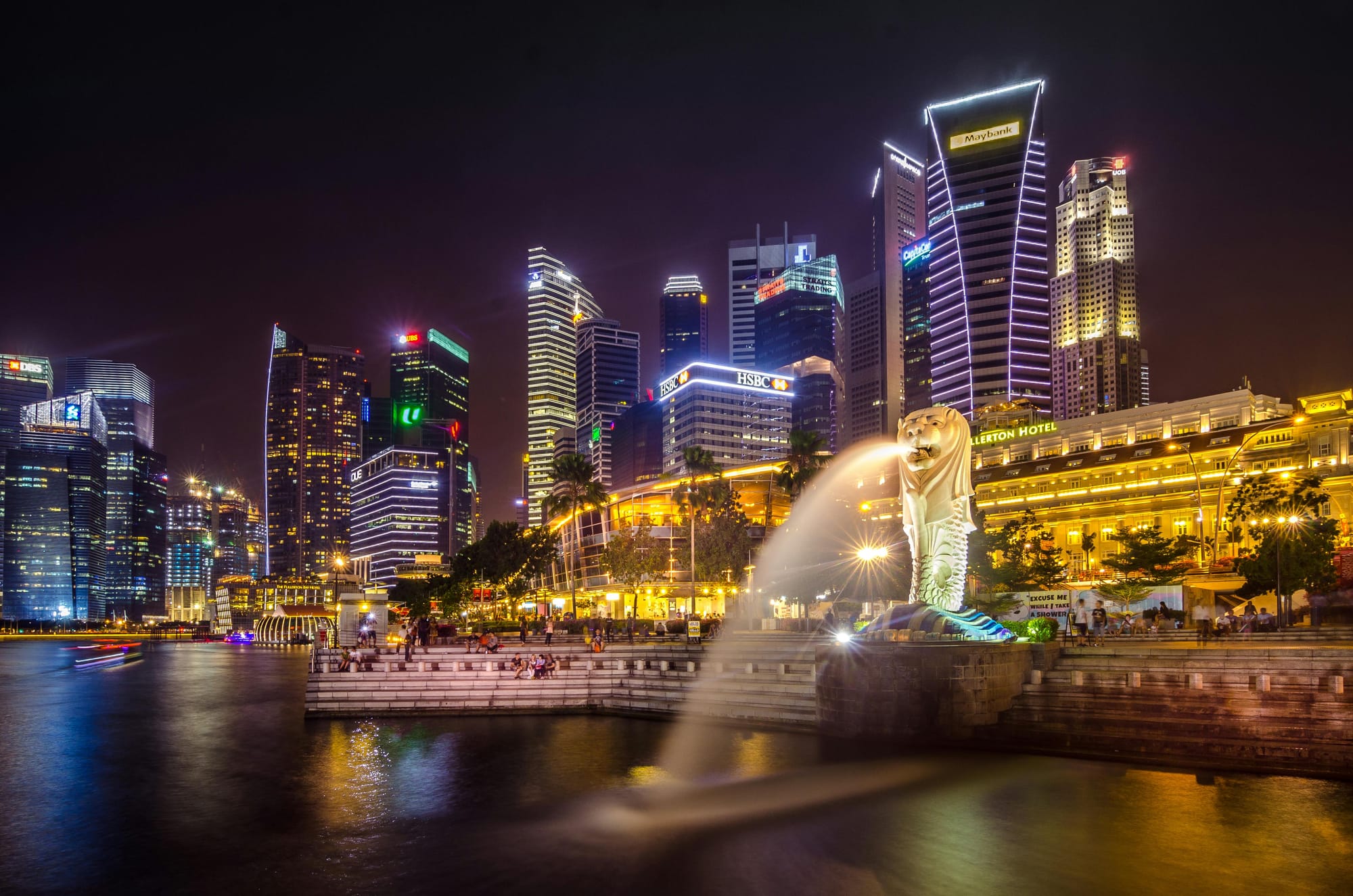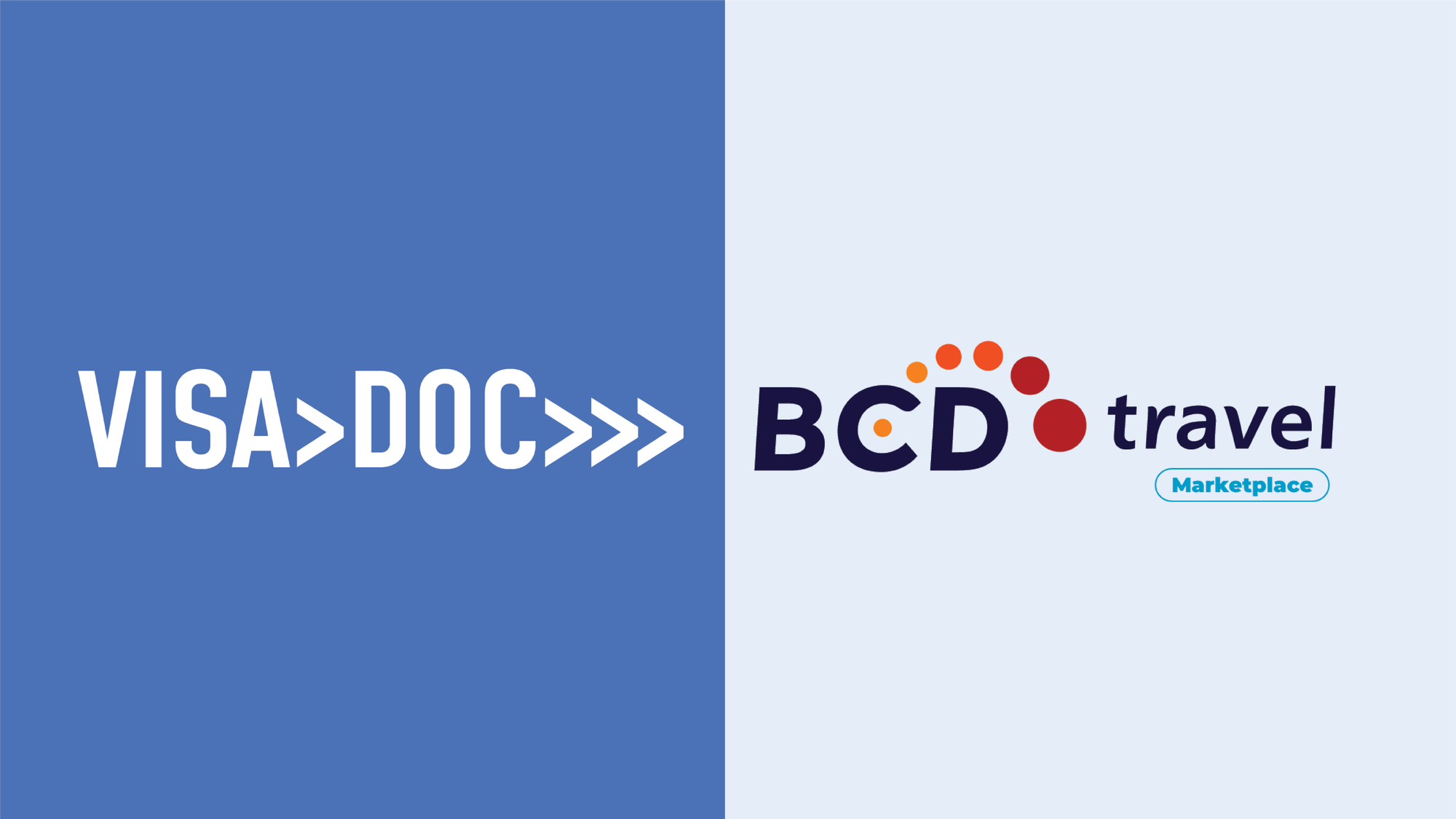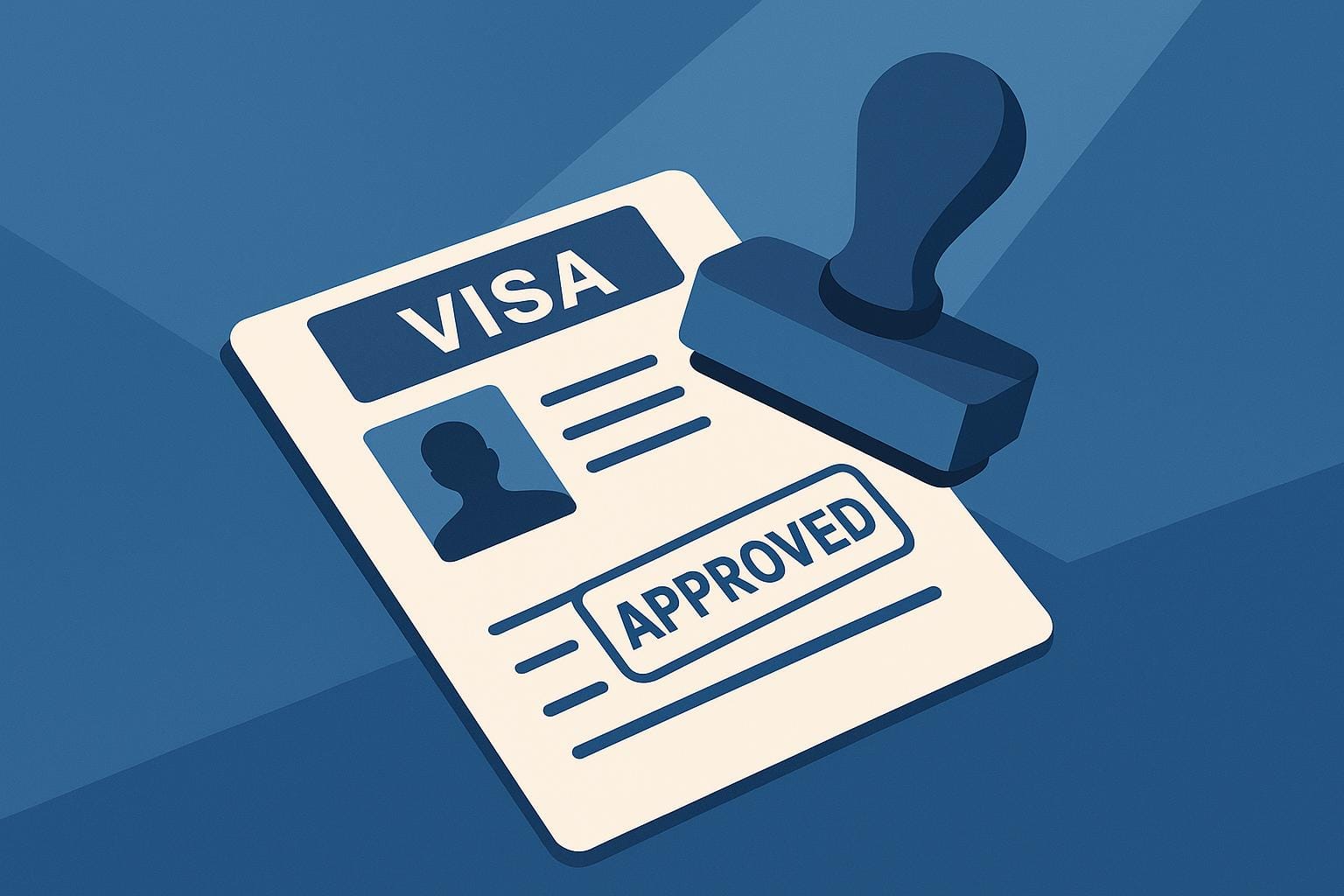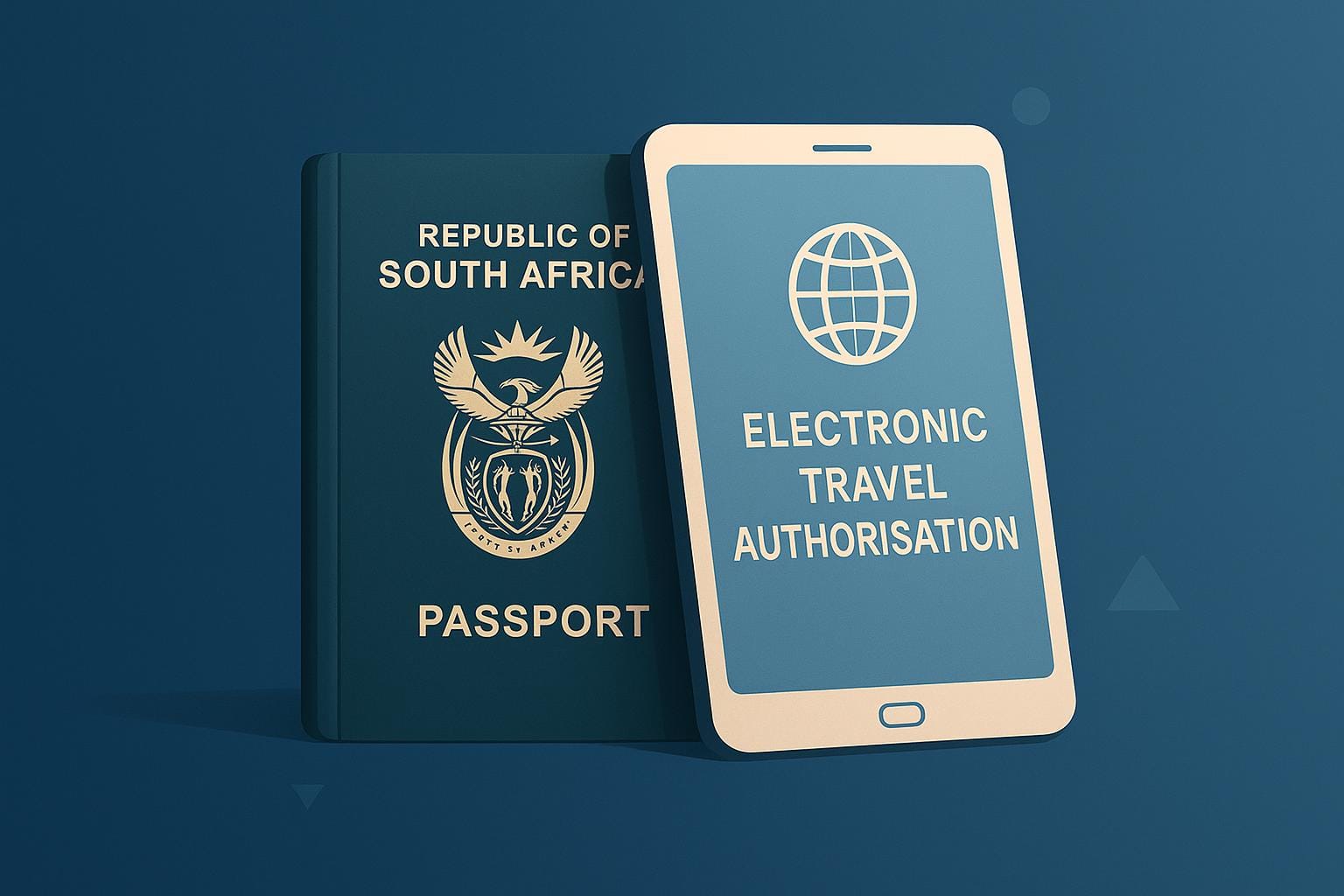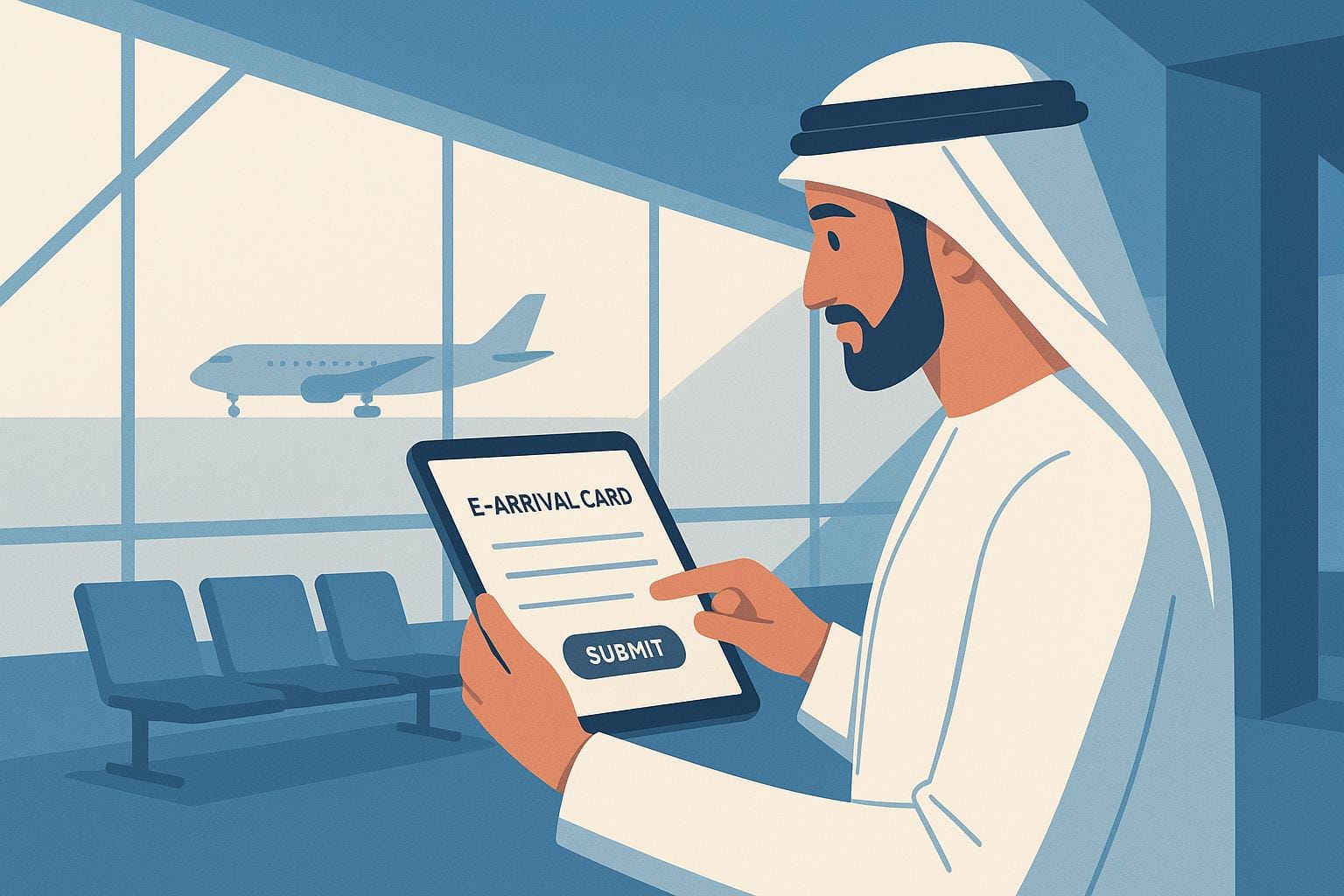Need to travel to Singapore for urgent business? The Singapore Business Visitor Fast Lane is a quick visa processing programme designed for emergency corporate travel needs. Here's what you need to know:
- Who Can Apply: Only Singaporean companies or government agencies can sponsor applications. Individuals must be sponsored.
- Processing Time: Faster than the standard 3–5 working days for regular business visas.
- Eligibility: For emergencies like client crises or last-minute negotiations. Applicants must meet strict criteria, including spending 14 days in their country of residence before travel.
- Key Documents Required: Form 14A, passport copy, recent photo, and (optionally) a Letter of Introduction.
- Rules After Approval: Follow a pre-approved itinerary, avoid public transport for 14 days, and stick to business activities like meetings or workshops.
| Visa Type | Processing Time | Purpose |
|---|---|---|
| Standard Business Visa | 3–5 working days | Planned corporate travel |
| Fast Lane Programme | Rapid turnaround | Emergency business travel |
| Work Visa | 2–8 weeks | Long-term assignments |
Key Takeaway: The Fast Lane is ideal for urgent, high-stakes corporate travel but requires careful preparation and sponsorship from a Singapore-based organisation. Follow strict compliance rules to ensure smooth entry.
Who Can Apply for the Fast Lane Programme
The Singapore Business Visitor Fast Lane operates on a sponsorship basis, meaning individual travellers cannot apply directly. Instead, qualified organisations must handle the application process on behalf of their business visitors. This ensures that the programme is reserved for urgent corporate travel needs. Below, we’ll look at what your organisation needs to qualify as a sponsor.
Company Requirements
Only Singaporean companies and government agencies are eligible to act as sponsors for Fast Lane applications. These sponsors are responsible for submitting a SafeTravel Pass application on behalf of the traveller. To qualify, companies must demonstrate a genuine business need for expedited travel processing. For organisations, applications can be submitted in later phases as well. In the case of government agencies, applications are streamlined and processed through their respective departments.
Individual Traveller Requirements
Eligible travellers include residents and long-term pass holders who have spent at least 14 consecutive days in their country of residence before departure. However, they must be sponsored by a qualifying organisation, and their travel must be for emergency business purposes.
| Sponsor Type | Eligibility | Application Process |
|---|---|---|
| Singapore Companies | Registered businesses with urgent travel needs | Submit a SafeTravel Pass application through designated channels |
| Government Agencies | Recognised Singapore government departments | Apply via departmental channels |
| Individual Travellers | Cannot apply directly | Must be sponsored by a qualifying organisation |
Required Documents for Fast Lane Applications
Getting your paperwork right is key to ensuring a smooth Fast Lane application process. The Immigration & Checkpoints Authority has strict requirements, and missing or incorrectly prepared documents can lead to delays or even rejection, which defeats the purpose of expedited processing.
Mandatory Documents List
The main document you’ll need is Form 14A, the official application form. It’s essential to fill this out accurately, ensuring that all details match the information on your passport. Any inconsistencies can raise red flags and result in further scrutiny.
A recent passport photograph is also required. The photo must be in colour, taken within the last three months, and meet Singapore’s visa photo guidelines.
If you’re applying through VFS Global services in the USA, you’ll also need notarised copies of your passport and US residency documents.
Although optional, a Letter of Introduction (LOI) is strongly recommended. This document, issued by a Singapore citizen or permanent resident who represents a Singapore-registered business, provides local support for your application and can improve its chances of approval.
| Document Type | Requirement Level | Key Specifications |
|---|---|---|
| Form 14A | Mandatory | Must match passport details exactly |
| Passport Copy | Mandatory | Valid for at least 6 months beyond the intended entry date |
| Recent Photograph | Mandatory | Colour, taken within the last 3 months |
| Letter of Introduction | Recommended | From a Singapore citizen/PR linked to a local business |
| Notarised Documents | Conditional | Needed for VFS Global applications in the USA |
Once you’ve gathered these documents, focus on preparing your digital files to meet the submission platform’s requirements.
Digital File Preparation Tips
When submitting your documents digitally, it’s important to stick to the platform’s specific guidelines for file formats and naming conventions. Typically, text documents should be in PDF format, while photographs are usually required in JPEG. Using clear and organised file names can make it easier for immigration officers to process your application efficiently.
Make sure scanned documents are free of smudges or artefacts, and submit certified copies whenever possible. For documents not originally in English, include certified translations from accredited services. Avoid using informal translations, as they can introduce errors that may complicate the review process.
Platforms like VisaDoc offer AI-powered tools to check your files for issues like incorrect formatting, file size, or image quality. This can help HR teams and applicants spot and fix problems early in the submission process.
Lastly, consistency is key. Double-check that all details - such as names, dates, and passport numbers - are identical across every document. Even small discrepancies can lead to additional verification steps and slow things down. Using a checklist to track the status of each document can help you address any issues before submission.
How to Apply Through the Fast Lane Process
When you're set with all the necessary documents, follow these steps carefully to avoid any hiccups that could disrupt important business plans.
Before You Apply
First things first, if your company doesn’t already have one, set up a corporate account on the ICA e-Service platform. This platform simplifies the process for HR teams by allowing them to manage multiple visa applications and track everything from a single dashboard.
Make sure you handle the fee payment early. Payment amounts depend on the applicant’s nationality and visa type, so have your payment method ready.
Double-check all documents to minimise the risk of rejection. Pay special attention to Form 14A, ensuring all details match the applicant’s passport exactly.
Timing is another crucial factor. Applications must be submitted within 30 days before the intended arrival in Singapore. If you’re planning travel during peak seasons, aim to apply at least four weeks in advance. This ensures there’s enough time for processing and avoids delays caused by postal issues when finalising travel plans.
Once these steps are completed, you’re ready to submit your application via the ICA e-Service platform.
Submitting Your Application
The ICA e-Service platform is your go-to for Fast Lane submissions. Corporate users can upload all required documents digitally and will receive a unique reference number to track the application.
It’s important to ensure that all submitted paperwork aligns with the Economic Development Board’s (EDB) requirements. Applications are reviewed individually, and factors such as visa duration are assessed as part of the process.
After submission, make it a priority to monitor the application’s progress through the online system.
Monitoring Application Status
Singapore’s visa application process includes real-time tracking, which makes keeping tabs on your application straightforward. On the ICA e-Service platform, you can check the status using your travel document number along with either the Disembarkation/Embarkation number or your travel document’s expiry date. Similarly, the MyICA platform offers tools for ongoing status updates.
If your team is handling multiple applications, VisaDoc’s centralised tracking system can be a game-changer. This tool integrates seamlessly with official platforms, consolidating updates across all employee applications. It also provides automated notifications, saving time and reducing the need for manual follow-ups.
One last note: a Singapore visa is not an immigration pass. It grants pre-entry permission, but the final decision on entry lies with ICA officers at the border. Additionally, all travellers must complete an SG Arrival Card within three days before arriving, even if they don’t require a visa.
Rules and Requirements After Approval
Getting Fast Lane approval is just the beginning. Once you arrive in Singapore, there are specific rules and compliance measures you need to follow to maintain your legal status during your business visit.
Arrival Registration and Activity Rules
Visa approval only covers pre-entry; your actual entry and permitted stay duration are determined by Immigration officers upon arrival. For the first 14 days, you’re required to stick to a pre-approved itinerary. This is a central part of the programme.
During this period, public transport is off-limits. You’ll need to use authorised taxis, private hire vehicles, or transport arranged by your host organisation.
If your business involves travelling between Singapore and certain Chinese regions participating in the fast lane programme - Chongqing, Guangdong, Jiangsu, Shanghai, Tianjin, and Zhejiang - there are extra steps. You must get approval from the relevant provincial or municipal government before moving between these regions during your first 14 days. Travel outside these six areas is only allowed after completing the initial 14-day stay in an approved fast lane region.
For general business activities, your Short-Term Visit Pass (STVP) allows participation in tasks like company meetings, corporate retreats, study tours, training sessions, workshops, seminars, conferences, and exhibitions. However, you cannot engage in any form of employment or enter into a contract of service with a Singapore employer.
If you’re planning to undertake exempted work activities, you must notify the Ministry of Manpower (MOM) before starting. These activities are capped at 90 days per calendar year across multiple visits, with the duration of each visit determined by your STVP.
These clear protocols ensure a smooth start to your business activities and pave the way for any necessary stay extensions.
Extending Your Stay
If your business needs require you to stay longer than initially approved, Singapore provides an online extension process via the ICA e-Service platform. You can apply when your STVP has 14 days or fewer remaining.
Walk-in applications are not allowed. All extension requests must be submitted online, where each application is reviewed individually. Factors like your travel purpose, financial resources, and compliance history are considered. Processing typically takes five working days, though some cases may need more time.
Extension fees vary based on the length of your stay and visa requirements. If your stay reaches 90 days, there’s an S$40 fee (around £23). Visitors requiring a visa who stay beyond their visa-free period will also need to pay an additional S$30 fee (approximately £17).
To apply, you’ll need a valid passport and the Disembarkation/Embarkation number from your SG Arrival Card. Once your application is processed, you’ll receive an e-notification via email. Approved extensions are entirely digital, so there’s no need for a physical stamp in your passport.
For corporate travel teams managing multiple employee extensions, VisaDoc offers a tracking feature. It monitors STVP expiry dates and sends automated reminders when it’s time to apply, simplifying the process.
Keep in mind that extensions for Work Pass Exempt Activities are not permitted. If your business activities exceed the 90-day annual limit, you’ll need to secure the appropriate work authorisation before travelling.
Next, we’ll explore how VisaDoc's automation tools can further simplify emergency corporate travel management.
Using Automation Tools for Business Travel Management
Handling emergency travel applications can be a logistical nightmare when relying on manual Fast Lane processing. These situations demand quick, accurate action, but traditional visa processes often slow things down. Automation tools step in to eliminate errors and speed up Fast Lane applications, making them a game-changer for emergency travel.
The stakes are high - business travel disruptions caused by visa issues cost companies around £2.4 billion annually in missed opportunities. On top of that, fines for non-compliance can exceed £27 million, creating a significant financial burden for businesses. It's no wonder that HR and travel teams are increasingly turning to automated solutions to manage these challenges.
Centralised Document and Deadline Management
Managing Fast Lane applications for multiple employees can quickly spiral into chaos without a streamlined system. Enter VisaDoc, a centralised platform that simplifies the process by securely storing and tracking all necessary documents. This secure repository ensures that critical paperwork isn’t lost in the shuffle.
Automated deadline tracking is another key feature, keeping tabs on important dates like passport expirations and visa validity. Timely reminders help avoid costly mistakes, while document version control ensures that HR, legal, and travel teams are always working with the most up-to-date information. This level of coordination makes the entire process much smoother.
AI Document Checking and Verification
Human error in document preparation can spell disaster for visa applications, leading to delays and disruptions. VisaDoc’s AI-powered verification system addresses this by automating 90% of the application process, flagging discrepancies and compliance issues before submission.
"VisaDoc automates business visa compliance and applications, eliminating these risks through AI-powered validation. Our platform catches compliance issues before they happen and automates 90% of the application process."
– VisaDoc
The platform also offers real-time compliance monitoring, ensuring applications stay up-to-date with ever-changing visa regulations. Whenever rules shift, the AI system adjusts its criteria automatically, reducing the risk of submitting outdated information. This adaptability is especially critical in emergency travel situations, where every second counts.
Managing Emergency Corporate Travel Effectively
Handling emergency corporate travel requires a mix of clear policies, compliance, and smart use of technology. When these elements work together, companies can turn chaotic situations into streamlined operations.
It all begins with a well-structured corporate travel policy. Such policies offer employees clear guidance, especially when time is critical. Without them, last-minute decisions can lead to compliance issues or unnecessary overspending. Once policies are in place, attention shifts to managing time and expenses effectively.
Even with services like Fast Lane, applications should be submitted within 30 days, allowing for potential delays of up to 15 business days. Savvy travel teams build these timelines into their emergency plans instead of relying on overly optimistic scenarios.
On average, companies lose around 20% of their business travel budget due to poor planning and inefficient expense management. Emergency travel can make these inefficiencies even worse unless robust systems are in place. Many organisations now use centralised travel management platforms to streamline approvals, track expenses, and ensure compliance - all in one place.
The role of automation in this process cannot be overstated.
"Automation is the new electricity. It's transformative, and it's going to change everything." – Ken Goldberg, University of California, Berkeley
This shift is particularly valuable during emergencies. For instance, 91% of businesses report increased productivity after adopting AI. Forward-thinking companies are using tools like VisaDoc to automate document verification and compliance checks, saving time and reducing errors.
However, even with automation, hidden costs can derail emergency travel budgets. Beyond obvious expenses like visa fees, there are additional costs for flight changes, last-minute accommodation, and foreign transaction fees. To tackle this, successful travel managers use multi-currency accounts linked to business cards. These tools allow them to set spending limits and automatically track expenses, cutting down on manual reimbursements.
The secret to handling emergency corporate travel lies in preparation. By establishing strong policies, adopting automated systems, and training teams on Fast Lane procedures, organisations can respond swiftly and efficiently when every second matters.
FAQs
What qualifies as an 'emergency business purpose' for the Singapore Business Visitor Fast Lane?
What Is an 'Emergency Business Purpose'?
An 'emergency business purpose' covers urgent travel needs for work that simply can't wait. This might involve attending high-stakes meetings, wrapping up contract negotiations, or tackling sudden business problems that demand immediate action.
To meet the criteria, applicants must provide clear evidence showing why the travel is both necessary and time-sensitive. The reason should be crucial to the company's operations and something that can't be delayed or managed remotely.
How can businesses ensure employees follow the rules, such as avoiding public transport and sticking to the approved itinerary?
To help employees stick to post-approval travel rules, businesses should establish clear, straightforward policies. These should spell out expectations, like avoiding public transport and following pre-approved itineraries. Alongside this, offering thorough guidance and training ensures everyone understands what's required.
Corporate travel management tools can play a big role in keeping things on track. They help monitor compliance and make oversight easier. Regular audits can flag any issues, while open communication channels give employees a way to report unexpected problems quickly. By promoting accountability and clear communication, businesses can create smoother, more compliant travel processes.
How can organisations simplify the application process and avoid delays or rejections for the Singapore Business Visitor Fast Lane?
To make the application process for the Singapore Business Visitor Fast Lane smoother and to minimise the chances of delays or rejections, preparation and accuracy are key. Start by ensuring that all required forms are fully completed and that every supporting document aligns with the specified criteria. Delays often stem from missing or incorrect information, so double-checking everything is essential.
It's also crucial to stay informed about the latest immigration policies and requirements, as these can change frequently. Regular training sessions for HR and corporate travel teams can be a great way to ensure they’re equipped to handle the process efficiently and avoid common errors. Taking these proactive steps can significantly improve the likelihood of securing timely visa approvals and arranging seamless travel for urgent business needs.



